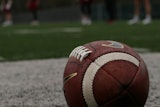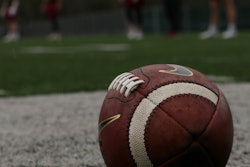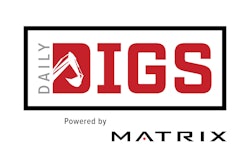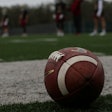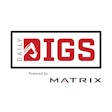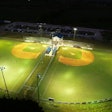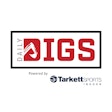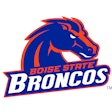![Liverpool High School Stadium in Central New York is among the hundreds of municipals fields across North America that have made the switch to LED lighting. [Photo courtesy Ephesus Sports Lighting].](https://img.athleticbusiness.com/files/base/abmedia/all/image/2020/06/ab.FEAT.png?auto=format%2Ccompress&q=70&w=400)
This content was provided by one of Athletic Business' advertising partners. What is sponsored content?
The evolutionary process of lighting, from the old-school HID and fluorescent fixtures, hit the fast-forward button a little less than a decade ago. That, as you’ll recall, was when LED arrived on the scene.
Suddenly, lighting was more than just a utility. It was a way to enhance the fan experience, to give the athletes a better game — and in every way, to save on energy costs and to strengthen the green footprint of the facility. Better lighting even made better neighbors by eliminating glare, sky glow and light trespass.
As an athletic director, administrator of facility operator, you try to balance the needs of your athletes, facility and community — and your budget. You’ve probably investigated LED and have plenty of questions, but the primary one is probably: 'Is there a reliable system that can address my basic needs and still deliver professional-quality lighting?'
First of all, congratulations on asking great questions. LED lighting systems are not one-size-fits-all and it’s essential to take stock of your needs as you explore available options. The good news: ever since that first LED fixture was installed, the leading manufacturers have continued to engineer products to meet the evolving needs of facility operators.
Before you make the move, here are five traditional “pain points” operators need to consider when evaluating an LED lighting solution:
- Maximize Operator Control: Can you control the system easily? Can you use your phone to turn the lights on and off — even if you’re not at the facility? What about if you only want to dim the lights to 50 percent of regular game-day lighting? Or how about just 10 percent for use as security lighting?
- Ensure Reliability: A system is judged by the ability of the manager or owner to know it is going to work without glitches. Many low-price generic imports are being offered at discounted prices. These products have no track record of success and are not backed by an industry leader. Be careful if you go down this road to save a few dollars up front. You may pay for it later.
- Improve Performance: There have been dramatic advances in optic design that allow LED light to reduce glare, light pollution and ensure the light goes only where it’s intended to. Make sure to understand the engineering of the system that controls the light.
- Reduce Total Cost of Ownership: One of the greatest strengths of LED systems, is that they save you money over time. Lower energy costs, coupled with a lack of maintenance needs are the big win, year after year. Over time, the system pays for itself, freeing up your cash flow and maintenance staff for other needs.
- Simplified Installation: A hidden cost of many systems is the time, inflexibility and costs of installation. Make sure to consider this when making your choice.
An overwhelming majority of early adopters who made the switch to LED sports lighting have been satisfied with the experience. The new fixtures have enhanced their facilities and provided a better venue for fans, players and broadcasters. Those who experienced the bumps in the road (typical of new technologies) have provided input to help manufacturers develop better products.
One valuable lesson many learned the hard way is the difference between the cost of the system and the total cost of ownership. Whereas legacy lighting was less expensive to purchase and then more expensive to operate and maintain, LED lighting requires a larger upfront commitment but then saves facility operators time, effort and money going forward.
“As LED sports lighting technology continues to evolve, it has become clear to us that there is a void in the market for a high-quality and reliable cost-optimized system that’s backed by an industry leader,” said Mike Quijano, director of business development & product marketing for Ephesus Sports Lighting. “Our new LUMASPORT system was developed to give all stakeholders, from specifiers and architects to contractors and facility operators the confidence to make the right choice. We’re proud of our team’s ability to engineer a system that offers the features facility managers need with the lowest cost of total ownership.”
Ever since the LED lighting revolution began in 2012, engineers, facility operators, broadcasters and many other industry stakeholders have reimagined the role of lighting, and manufacturers have responded to the demand. As a result, LED systems trickled down from professional venues to college facilities, minor league areas and high school and community fields. Entire facilities looked better and brighter and everyone noticed while behind the scenes, administrators reaped the benefits.
Now it’s your turn to make the switch and realize those benefits with a product that fits your needs and earns you the commendation you deserve.













